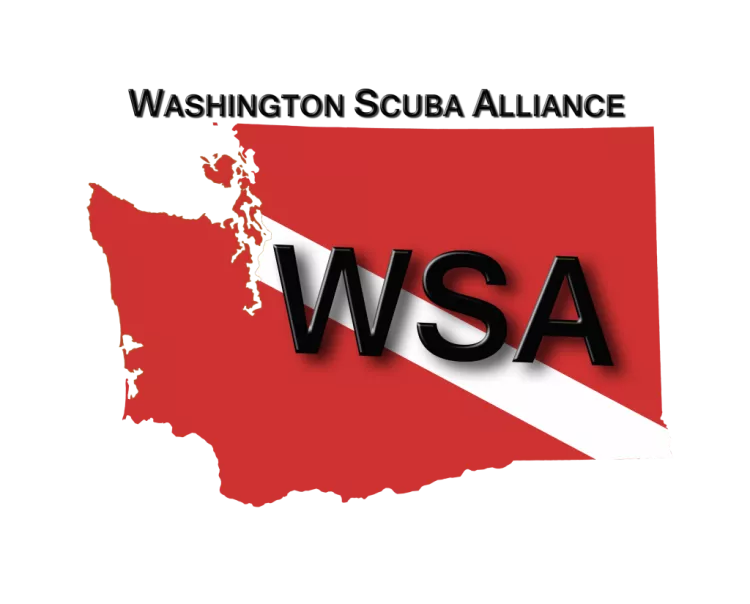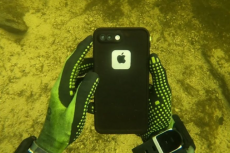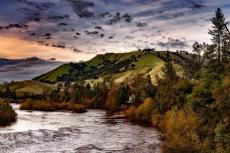The Washington Scuba Alliance
In 1992 from humble beginnings, a group of dedicated scuba divers formed WSA to advocate for underwater parks. This mission has expanded to advocate for and to be actively involved in promoting a wide range of diver, non-diver, and environmental interests including healthy marine ecosystems, safe shoreline access, and underwater parks.
You may not have ever heard of WSA, but you may have walked down stairs they helped build, dove underwater parks they helped clean up or to some degree maintain, or you may have gained access to dive sites that WSA helped ensure would retain open access to all.
WSA does this strictly as dedicated volunteers and the money used for their various projects are from membership donations as well as outside public and private sources. They also work closely with government agencies such as the Department of Fish and Wild Life, Washington State Parks, and NOAA to make them happen.
The work is not always easy and sometimes they come away with more cuts and bruises from filling out paperwork and fulfilling local, state, and national regulations than from removing abandoned fishing line or from working with cement.
Yet it’s all worth the effort as the end results not only benefits scuba divers, but entire local wildlife ecosystems, as well as boosting the local human community economy too.
A four-part mission motivates WSA to be the voice of the dive community and get involved with diver and dive business concerns as well as dive clubs and addressing their concerns in Olympia to the Governor or the legislature.
To focus on issues of access:
This mainly deals with shore diving. Some examples include: the building of a gravel facility could lead to a new access point being required to enter the water.
The clean up and removal of toxic creosote pilings in the Puget Sound could eliminate some dive sites without the help of state and local communities and projects being initiated by WSA.
Lastly, if the Department of Transportation expands, changes, or moves a ferry terminal you can imagine the impact this could have on local dive sites. The Washington State Parks Department is a great partner of the dive community in reaching the goal of this part of the mission.
To expand marine conservation:
This intrinsic interest in the environment insures that we and generations of divers will have access to dive sites rich with sea life. As divers, we can provide a firsthand account of the underwater environment and our knowledge can be used to support or oppose legislation that would affect our waters.
To do volunteer diving:
As past president Mike Racine put it “We have a well oiled practice of putting people in the water.” In the past WSA has been involved with community cleanups, invasive tunicate removals, removing tire reefs, and reporting derelict fishing gear.
NOAA, as part of Team Ocean, has recently certified six WSA members as volunteer Citizen Scientist Divers. Their first mission was to complete a maritime heritage shipwreck survey of Neah Bay. There’s a rigorous training process undertaken to obtain specific levels of certification, but the rewards in the end are measured by team achievements multiplied by individual self-fulfillment.
WSA volunteering also includes the promotion of dive tourism in Washington State. It’s been shown around the world, that a well-developed dive destination is economically sound for the entire local community.
Bruce Higgins’ Underwater Trails in Edmonds is a prime example as to how thousands of divers bring hundreds of dollars annually to the local community by way of lodging, local eateries and proceeds from tax revenue.
Current projects include Saltwater State Park, dive site marker buoys, and the Titlow Beach Artificial Reef program. At Saltwater State Park reef tires have been removed. Three long rows of boulder rocks comprised of 20-30 individual rock piles with cement pillars placed strategically to foster habitats for many species of fish and invertebrates will replace the tires. This dive site is also designated to maybe become a marine protected area.
The buoy project is organized by WSA Vice President, Jim Trask with the intention to put in buoys at over 15 different dive sites. Jim’s team, along with Swanson Brothers Concrete Company, Roberta’s Custom Graphics, the department of Ecology, and others, just completed the stairs project at Les Davis to make it a safe and easy access to the water for divers.
Now it’s time to use the skills learned from this project and direct them towards the buoy project. The buoy project will ensure that in the future, no anchors will be indiscriminately dropped at the more popular boat diving sites. Jim and his team will use a double buoy line attached to a helical anchor system that screws right into the substrate and only leaves a 2” foot print instead of the large foot prints left by cement blocks or anchors.
At dive sites such as Possession Point in Island County or south at Dalco Wall, where currents dictate, a second buoy will be installed. Maury Island will also have two buoys and they have already been funded by donations from Olympic Sand & Gravel. Each buoy will have a name on it showing the name of the granting organization. Other locations include KVI tower. Z’ Reef, Sunrise and selected sites in the Hood Canal such as at least three at Pulali Point, and one at the Pinnacle.
For more information just go online and peruse the web site. You’ll see that there are several different levels and ways to become part of WSA or just to donate via paypal. While online you can read more about board members, the Titlow Artificial Reef Project, visit 30 things you can do for the marine environment, or become current with the Washington State dive flag rules.
The organization is filled with highly motivated members who have made scuba diving in Washington State more accessible through their efforts for those of us with flippers, masks, and regulators, while simultaneously increasing the number of safe havens for those with fins, frills, and gills.
- Log in to post comments

























